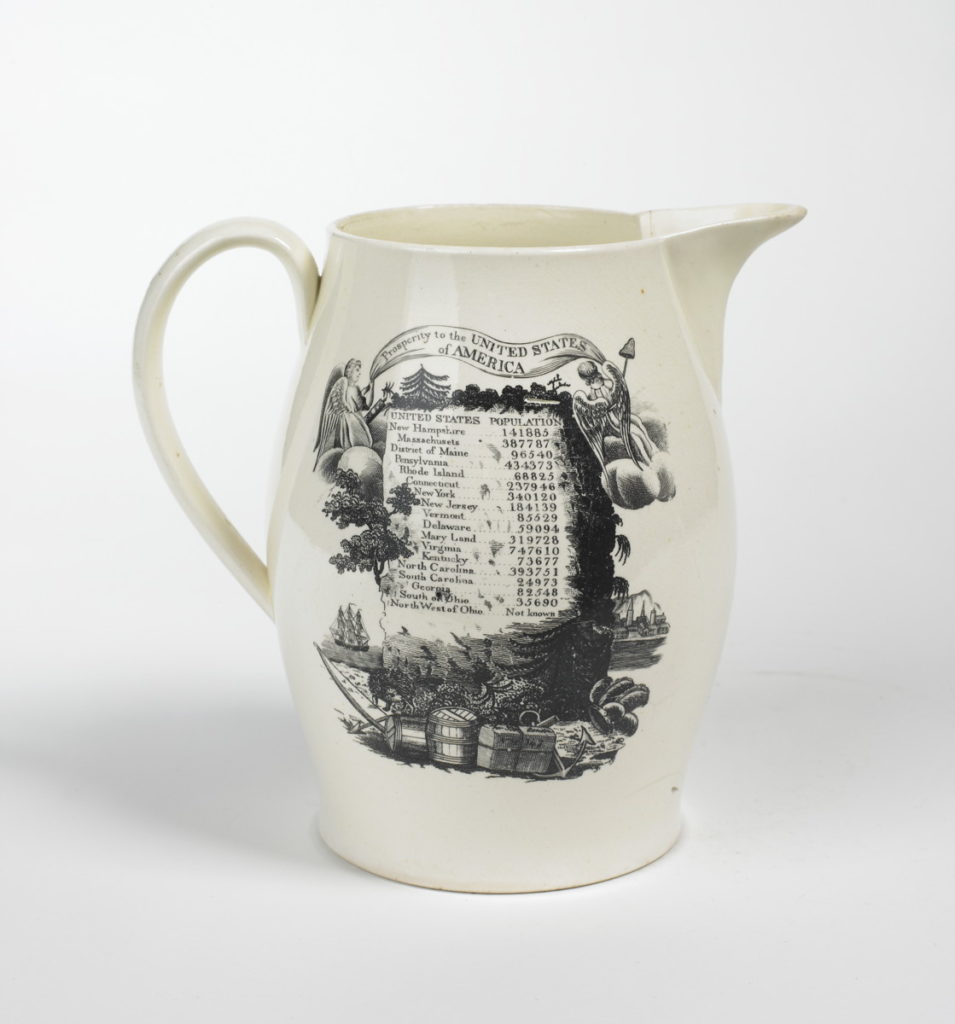Boundaries change frequently, and one has to account for that when comparing data across time. This blog post explains how IPUMS-I approaches the task of mapping historical boundaries.
Overview
- IPUMS International disseminates census microdata for Nicaragua in 1971, 1995 & 2005.
- Data are available for departments (primary administrative unit) and municipalities (second administrative unit).
- Boundary maps from the most recent census are readily available, but older maps like those from the 1971 need to be constructed. Due to numerous boundary changes, it is not always possible to recreate older administrative divisions based on the most current map—sometimes we have to look further in the past.
According to the 1971 Census of Nicaragua, the country was divided at that time into 127 municipalities. However, there was no map for 1971 and the maps available for 1995 and 2005 showed 145 and 154 municipalities, respectively—not 127, as in 1971. We had to identify what changes had occurred in the administrative division of Nicaragua during the 1971 to 1995 period and recreate a map that matched the 1971 census microdata.






